 Locus Suspectus (2020) by J.M. Mártinez
Locus Suspectus (2020) by J.M. Mártinez
Saturday October 21, 3pm
Contemporary Views from the Bay Area
Yerba Buena Center For The Arts
Admission: $9 General / $7 Cinematheque Members
Event tickets here
On the occasion of Bay Area Now 9, Cinematheque returns for two special screenings at Yerba Buena Center for the Arts in the month of October. Running October 6–31, CROSSROADS at 14 looks back on the first fourteen years of Cinematheque’s annual festival. San Francisco Cinematheque: Contemporary Views from the Bay Area, featuring work by ten Bay Area filmmakers created 2020–2023, screens October 21.
Since the 1940s, the San Francisco Bay Area has been widely recognized as a major node in international avant-garde/experimental filmmaking communities. Indeed, for over three quarters of a century, cross-generational networks of independent artists and curators have intermingled, cross-pollinated, collaborated and clashed while producing shocking, inspiring, transformative and ever-innovative works of cinema whose aesthetic impacts resonate across screens worldwide. As part of Yerba Buena Center for the Arts’ Bay Area Now 9, Cinematheque celebrates this legacy in this program of nine works by ten contemporary Bay Area film/video artists (and one east coast collaborator) completed 2020–2023. Intended as a cross-section of the Bay Area’s ever-vibrant multi-generational community, the works in this program present a compelling mix of contemplative landscape study, critiques of consumerism and media representation, poetic considerations of solitude and connection and an abiding love for the physical and chemical charms of the filmic medium itself.
SCREENING:
(sans)(image) (2023) by arc & Sophia Wang; 16mm, b&w, sound, 7 minutes
Light Signal (2022) by Emily Chao; 16mm screened as digital video, color, sound, 11 minutes
Caracole (for Mac) (2022) by Nathaniel Dorsky; 16mm, color, silent, 7 minutes
The Canyon (2020) by Zachary Epcar; digital video, color, sound, 15 minutes
Locus Suspectus (2020) by J.M. Mártinez; digital video, color, sound, 8 minutes
water, clock (2021) by Zack Parinella; 16mm, b&w, sound, 9 minutes
The Pendulum (2021) by Linda Scobie; 16mm, color, sound, 3 minutes
Girl is Presence (2020) by Lynne Sachs & Anne Lesley Selcer; digital video, color, sound, 4 minutes
Tropicollage (2021) by Astria Suparak; digital video, silent, color, 2 minutes
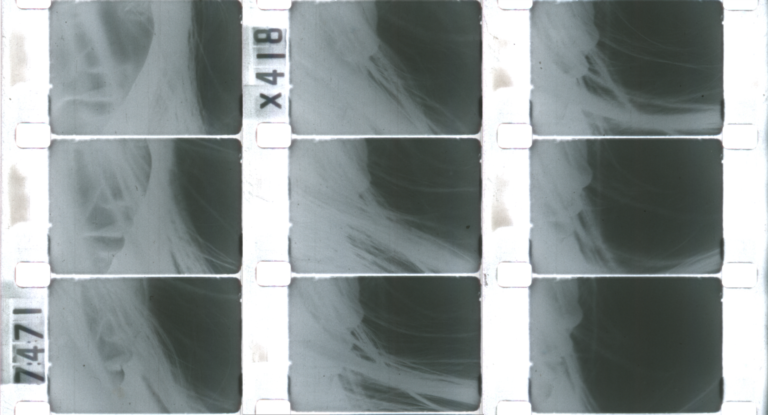
(sans)(image) (2023) by arc & Sophia Wang
A film made in collaboration with Sophia Wang. Originally developed as an intermedia/movement piece in 2014, which circles around the works of Theresa Hak Kyung Cha. The word image, the breath of speech, the gesture of movement, looked back on from “before name,” “between name” and beyond classification as purely didactic vessels. (arc)

Light Signal (2022) by Emily Chao
A keeper’s log, a score for light, a script for sound. A reconstruction, a slow reclamation. To begin where there is light. (Emily Chao)
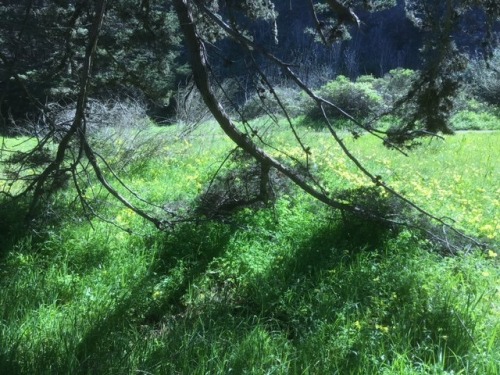
Caracole (for Mac) (2022) by Nathaniel Dorsky
Mac McGinnes, a dear friend and neighbor, often sat in with me during my editing sessions. This brief but light-filled farewell was made for Mac upon his passing. (Nathaniel Dorsky)
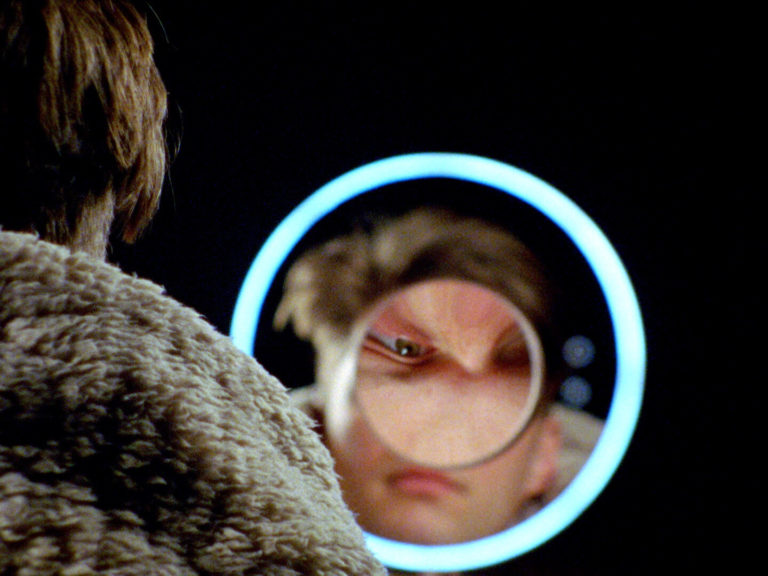
The Canyon (2020) by Zachary Epcar
A portrait of the urban residential development as it slips into oblivion. (Zacary Epcar)
In a place where everything seems to happen on the surface, this film takes us deep into the infrastructures of desire on which our present moment is built. This is where humans and objects coexist in an uncanny state of interdependence, touching, penetrating and animating each other. Where possession is just another name for the loss we experience, for the void we leave behind when we move on. (Katrin Mundt, 25 FPS)
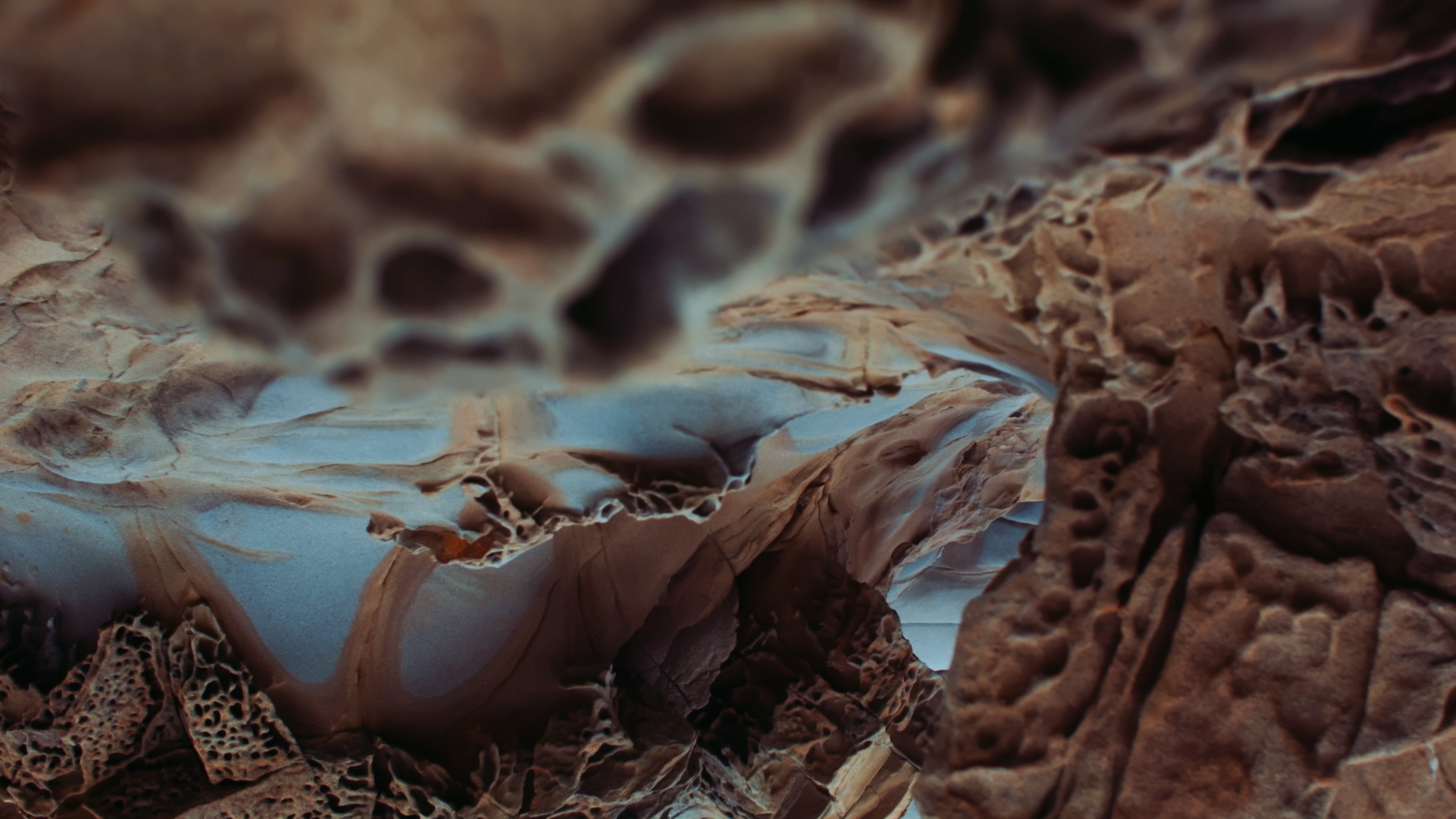
Locus Suspectus (2020) by J.M. Mártinez
Eroding ideologies shift sands of unreality.
Shadows cast narratives reflecting surface.
Polarizing algorithms weathering perceptions.
The organism creates the environment.
(J.M. Martínez)
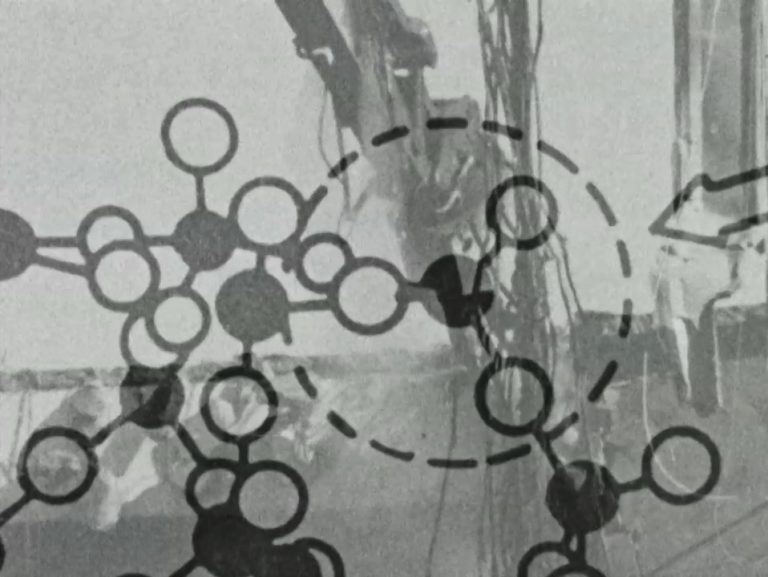
water, clock (2021) by Zack Parrinella
water, clock is an interpretation of the velocity of our modern world. Through layering of images, sounds and text, the film explores how rapidly human society has been moving for the last century plus. Industry, building, and “progress” of humankind onto newer and newer frontiers of innovation never cease. At least, if anything we can seek some beauty within the absurdity of all the perpetual movement constantly surrounding us. (Zack Parrinella)
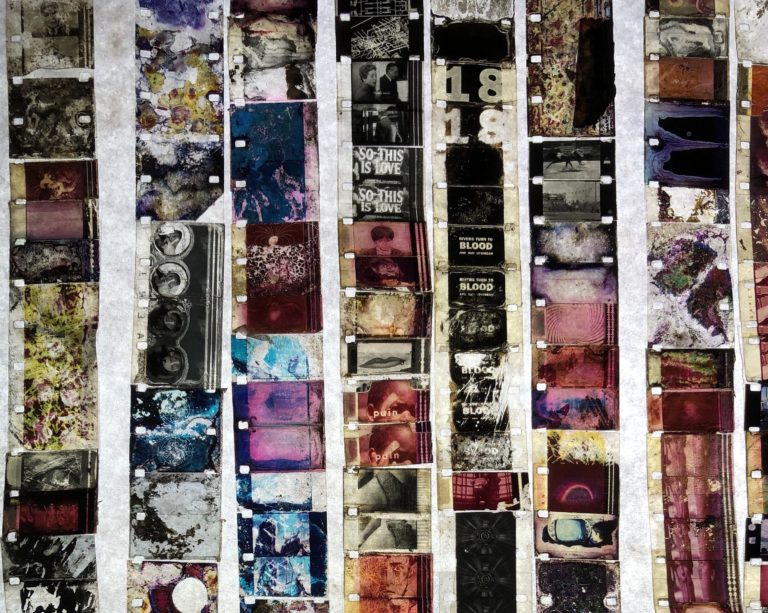
The Pendulum (2021) by Linda Scobie
a tendency to stay in motion. (Linda Scobie)
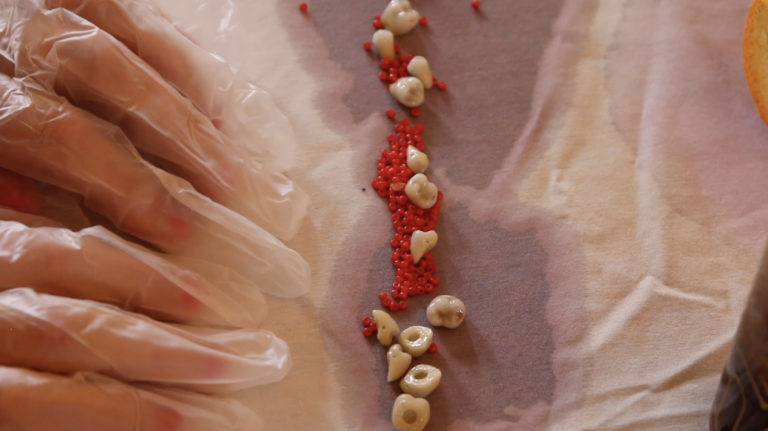
Girl is Presence (2020) by Lynne Sachs & Anne Lesley Selcer
During the 2020 global pandemic, filmmaker Lynne Sachs and her daughter Noa collaborated with Anne Lesley Selcer to create Girl is Presence. The work is a form of reading and listening in response to disquieting words from Selcer’s poem Sun Cycle. The film’s disparate objects reflect a disharmonious and tense list of voiced nouns. The poem’s original tone, contextualized by a book that deals with gender and power, takes on an expanded sense here. Against the uncertain and anxious pandemic atmosphere, inside domestic space, the “girl” arranges and rearranges a collection of small and mysterious things. Commissioned by Small Press Traffic for Bay Area Shorts during the national shelter-in-place order caused by the Coronavirus Pandemic of 2020. (Lynne Sachs and Anne Lesley Selcer)

Tropicollage (2021) by Astria Suparak
Tropicollage is a short, looping video that collages footage from thirty years of futuristic sci-fi movies and television shows that employ a fetishized tropics trope. Commissioned by Other Futures, it is one part of Astria Suparak’s ongoing research project, Asian futures, without Asians. (Astria Suparak)
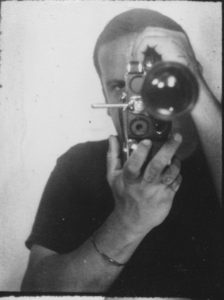 tooth is an artworker and anarchist, living somewhere in so-called California. they are involved in the process termed arc. arc operates as a collective entity which seeks to work outside of a framework that privileges the solitary authorship of objects as a point of artistic creation and finitude, looking instead to a process of intersubjective communal encounter as a locus from which the work generates. As conductive vessels, a configuration of material elements are used to initiate this process, including (but not limited to): photochemical film, performance, sound & light installation, written language, & time-based sculpture.
tooth is an artworker and anarchist, living somewhere in so-called California. they are involved in the process termed arc. arc operates as a collective entity which seeks to work outside of a framework that privileges the solitary authorship of objects as a point of artistic creation and finitude, looking instead to a process of intersubjective communal encounter as a locus from which the work generates. As conductive vessels, a configuration of material elements are used to initiate this process, including (but not limited to): photochemical film, performance, sound & light installation, written language, & time-based sculpture.
 Sophia Wang creates and performs movement-based works in collaboration with performance artists, writers, and visual and sound artists. She earned a PhD in English from U.C. Berkeley, and integrates her research and performance practices through writing and curatorial projects focused on critical somatics: thinking with and as bodies.
Sophia Wang creates and performs movement-based works in collaboration with performance artists, writers, and visual and sound artists. She earned a PhD in English from U.C. Berkeley, and integrates her research and performance practices through writing and curatorial projects focused on critical somatics: thinking with and as bodies.
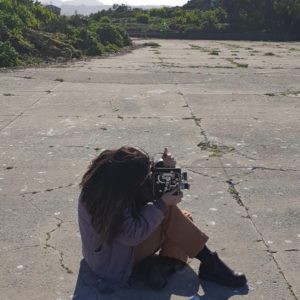 Emily Chao (US) is a filmmaker based in the SF Bay Area. She is a co-programmer of Light Field, an international exhibition of moving image art on celluloid and a member of Black Hole Collective Film Lab in Oakland, CA.
Emily Chao (US) is a filmmaker based in the SF Bay Area. She is a co-programmer of Light Field, an international exhibition of moving image art on celluloid and a member of Black Hole Collective Film Lab in Oakland, CA.
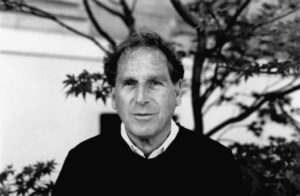 Nathaniel Dorsky, born in New York City in 1943, is an experimental filmmaker and film editor who has been making films since 1963. He has resided in San Francisco since 1971.
Nathaniel Dorsky, born in New York City in 1943, is an experimental filmmaker and film editor who has been making films since 1963. He has resided in San Francisco since 1971.
“In film, there are two ways of including human beings. One is depicting human beings. Another is to create a film form which, in itself, has all the qualities of being human: tenderness, observation, fear, relaxation, the sense of stepping into the world and pulling back, expansion, contraction, changing, softening, tenderness of heart. The first is a form of theater and the latter is a form of poetry.” – Nathaniel Dorsky
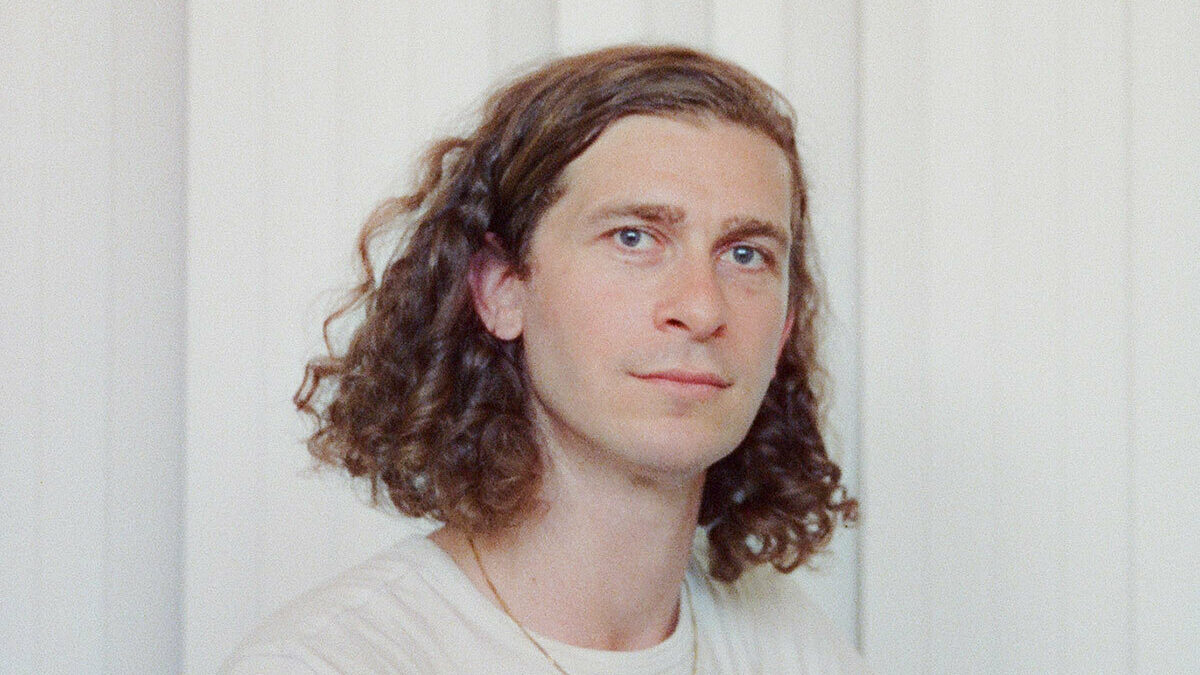 Zachary Epcar (b. San Francisco) is a filmmaker whose work has screened in the international film festivals of Toronto, New York, Rotterdam, San Francisco, Vancouver, and Melbourne; Pacific Film Archive; IndieLisboa; European Media Art Festival; SF Cinematheque’s Crossroads; Black Canvas Festival de Cine Contemporáneo; EXiS; and 25 FPS, and in solo screenings at the Museum of Contemporary Art Chicago and Museum of the Moving Image in New York. He was recently a fellow at MacDowell and named one of 25 New Faces of Independent Film by Filmmaker Magazine. His films are distributed by Light Cone (Paris). Zachary lives in Oakland, California where he is a member of the film programming collective Light Field.
Zachary Epcar (b. San Francisco) is a filmmaker whose work has screened in the international film festivals of Toronto, New York, Rotterdam, San Francisco, Vancouver, and Melbourne; Pacific Film Archive; IndieLisboa; European Media Art Festival; SF Cinematheque’s Crossroads; Black Canvas Festival de Cine Contemporáneo; EXiS; and 25 FPS, and in solo screenings at the Museum of Contemporary Art Chicago and Museum of the Moving Image in New York. He was recently a fellow at MacDowell and named one of 25 New Faces of Independent Film by Filmmaker Magazine. His films are distributed by Light Cone (Paris). Zachary lives in Oakland, California where he is a member of the film programming collective Light Field.
 J.M. Mártinez (US) is a Santa Cruz Mountains-based artist working with the still and moving image. With an intention on abstraction and biomorphism, his work explores the evolving landscape
J.M. Mártinez (US) is a Santa Cruz Mountains-based artist working with the still and moving image. With an intention on abstraction and biomorphism, his work explores the evolving landscape
 Zack Parrinella (US) is a filmmaker based in Oakland. His work often centers around dissonance and decay, sometimes more lighthearted and sometimes more anxious.
Zack Parrinella (US) is a filmmaker based in Oakland. His work often centers around dissonance and decay, sometimes more lighthearted and sometimes more anxious.
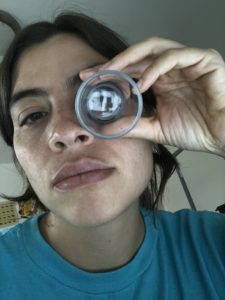 Linda Izcali Scobie (US) is a filmmaker, programmer and projectionist living in San Francisco. Her 16mm film work has been exhibited nationally and internationally at venues such as the Pacific Film Archive, LA Film Forum, Ann Arbor Film Festival and XCÈNTRIC de Barcelona. She is a projectionist at the Roxie Theater and Yerba Buena Center for the Arts.
Linda Izcali Scobie (US) is a filmmaker, programmer and projectionist living in San Francisco. Her 16mm film work has been exhibited nationally and internationally at venues such as the Pacific Film Archive, LA Film Forum, Ann Arbor Film Festival and XCÈNTRIC de Barcelona. She is a projectionist at the Roxie Theater and Yerba Buena Center for the Arts.
 Lynne Sachs (US) makes films and writes poems. Her work embraces hybrid forms, combining memoir with experimental, documentary and fictional modes. In recent years, she has expanded her practice to include live performance with moving image. Sachs has made 35 films which have been part of retrospectives at Buenos Aires International Festival of Independent Cinema, Sheffield Doc/Fest and China Women’s Film Festival. Tender Buttons Press published Lynne’s Year by Year Poems in 2020. Lynne lives in Brooklyn, New York.
Lynne Sachs (US) makes films and writes poems. Her work embraces hybrid forms, combining memoir with experimental, documentary and fictional modes. In recent years, she has expanded her practice to include live performance with moving image. Sachs has made 35 films which have been part of retrospectives at Buenos Aires International Festival of Independent Cinema, Sheffield Doc/Fest and China Women’s Film Festival. Tender Buttons Press published Lynne’s Year by Year Poems in 2020. Lynne lives in Brooklyn, New York.
Anne Lesley Selcer (US) is a poet in the expanded field. She is the author of Blank Sign Book, a collection of essays on art, and of Sun Cycle, a poetry book about the image, gender and power. Her gallery publications and chapbooks include from a Book of Poems on Beauty, Banlieusard and Untitled (a treatise on form). Occasionally she creates off the page—most recently, the opera-based sound performance The Sadness of the Supermarket: A Lament for Certain Girls, and a collaboration for BAMPFA with performance artist Guta Galli.
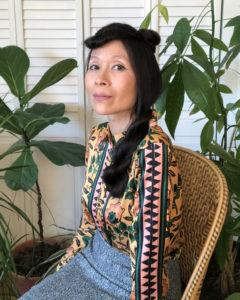 Astria Suparak is an artist and curator based in Oakland, California. Her cross-disciplinary projects address complex and urgent issues (like institutionalized racism, feminisms and gender, and colonialism) made accessible through a popular culture lens, such as science fiction movies, rock music, and sports. Straddling creative and scholarly work, the projects often take the form of publicly available tools and databases, chronicling subcultures and omitted perspectives. Over the last two years Suparak’s creative projects have been exhibited and performed at the Museum of Modern Art and the Ford Foundation Gallery in New York; Institute of Contemporary Art Los Angeles; the Walker Art Center, Minneapolis; ArtScience Museum, Singapore; and as part of the For Freedoms billboard series. She has curated exhibitions, screenings, and performances for the Liverpool Biennial; Museo Rufino Tamayo, Mexico City; The Kitchen, Eyebeam, and MoMA PS1, in New York; and Expo Chicago, as well as for unconventional spaces, such as roller-skating rinks, sports bars, and rock clubs. Suparak is the winner of the 2022 San Francisco Bay Area Artadia Award.
Astria Suparak is an artist and curator based in Oakland, California. Her cross-disciplinary projects address complex and urgent issues (like institutionalized racism, feminisms and gender, and colonialism) made accessible through a popular culture lens, such as science fiction movies, rock music, and sports. Straddling creative and scholarly work, the projects often take the form of publicly available tools and databases, chronicling subcultures and omitted perspectives. Over the last two years Suparak’s creative projects have been exhibited and performed at the Museum of Modern Art and the Ford Foundation Gallery in New York; Institute of Contemporary Art Los Angeles; the Walker Art Center, Minneapolis; ArtScience Museum, Singapore; and as part of the For Freedoms billboard series. She has curated exhibitions, screenings, and performances for the Liverpool Biennial; Museo Rufino Tamayo, Mexico City; The Kitchen, Eyebeam, and MoMA PS1, in New York; and Expo Chicago, as well as for unconventional spaces, such as roller-skating rinks, sports bars, and rock clubs. Suparak is the winner of the 2022 San Francisco Bay Area Artadia Award.